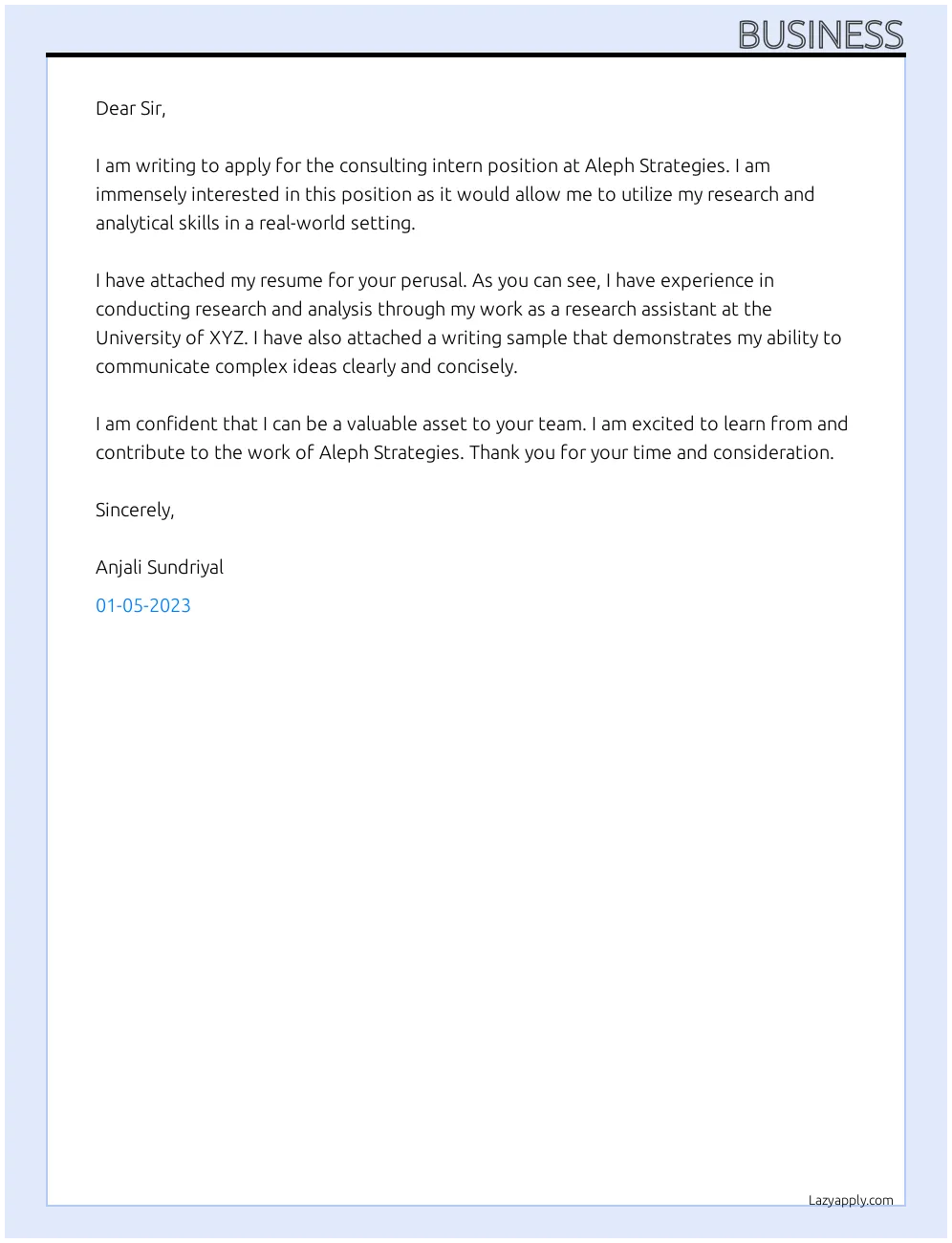What is a Cover Letter and Why Does It Matter?
A cover letter is your first impression, a crucial document accompanying your resume when applying for business jobs. Unlike the resume, which is a factual summary of your skills and experience, the cover letter allows you to provide context, explain your motivations, and demonstrate your personality. It’s your opportunity to connect with the hiring manager on a personal level and showcase why you’re the perfect fit for the role and the company. In the competitive world of business, a well-crafted cover letter can significantly increase your chances of getting an interview. It’s an essential tool to set you apart from other applicants and make a lasting positive impression. Neglecting this step means you are missing the chance to make a proper introduction of yourself.
The Anatomy of a Killer Cover Letter
A successful cover letter is structured to grab attention, demonstrate value, and compel the reader to learn more about you. It includes a clear header, a compelling opening, well-developed body paragraphs that highlight relevant skills and experiences, and a strong closing with a clear call to action. The formatting and layout are also essential; it should be easy to read, concise, and visually appealing. A well-structured cover letter guides the reader through your most relevant achievements and makes a strong case for your candidacy. From the header to the closing, every section should be carefully considered to make sure the reader finds you suitable for the job.
Header Section
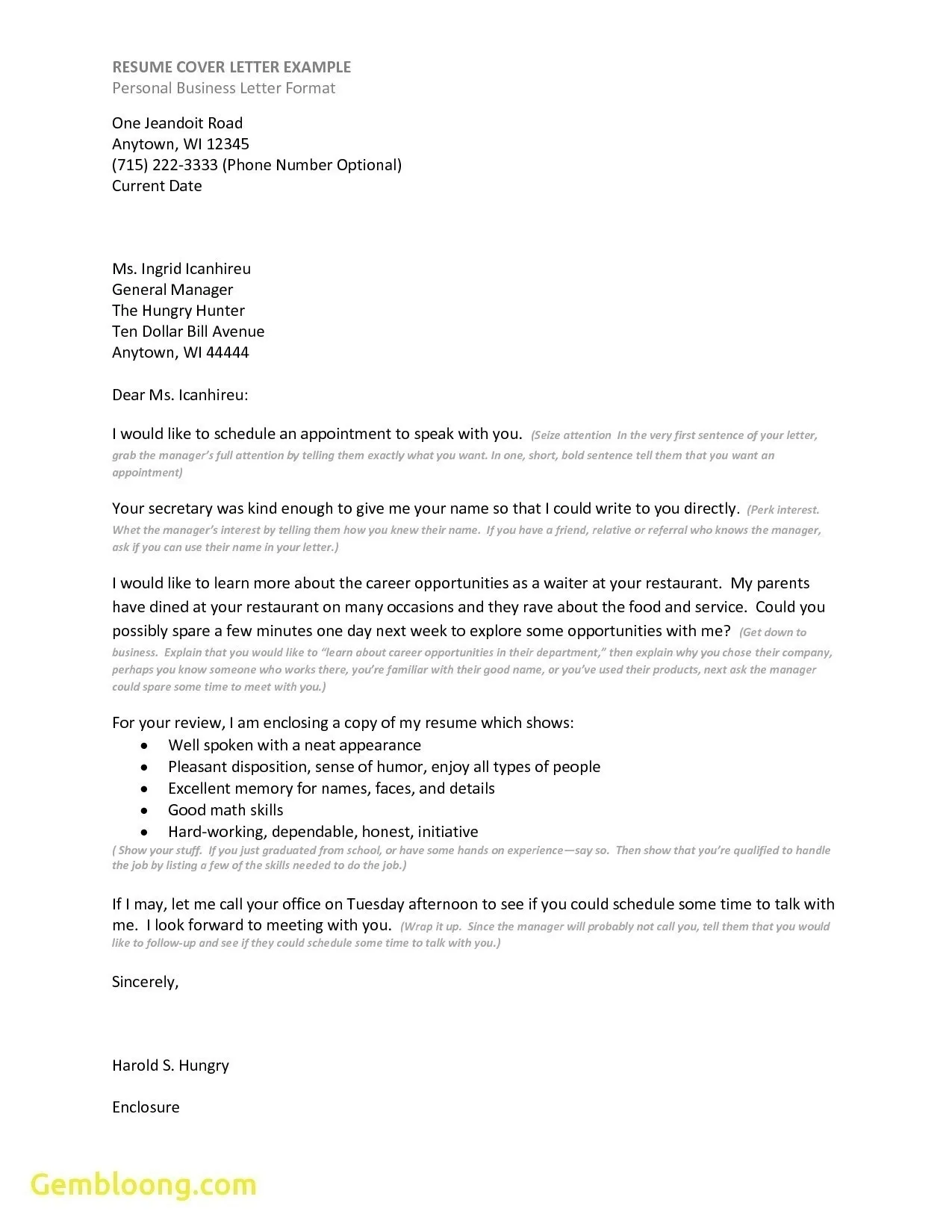
The header of your cover letter is the first thing a hiring manager sees, and it should include your contact information (name, phone number, email, and sometimes a LinkedIn profile URL). Keep it professional, clean, and easy to read. A well-designed header not only provides essential contact details but also sets a professional tone. Making the right first impression starts from the header.
Contact Information
Ensure your contact details are current and accurate. Double-check your email address and phone number. Using a professional email address is essential; avoid anything that sounds unprofessional. Your header is your initial interaction; make sure it reflects your professionalism. It’s essential that the recruiter has all of the information necessary to easily contact you when they want to hire you.
Date
Place the current date below your contact information, usually on the left side. This helps the recipient know when the letter was written. Ensure that you are providing the correct date when the cover letter was written. If the date is outdated, the recruiter may think you are not attentive to detail.
Recipient’s Details
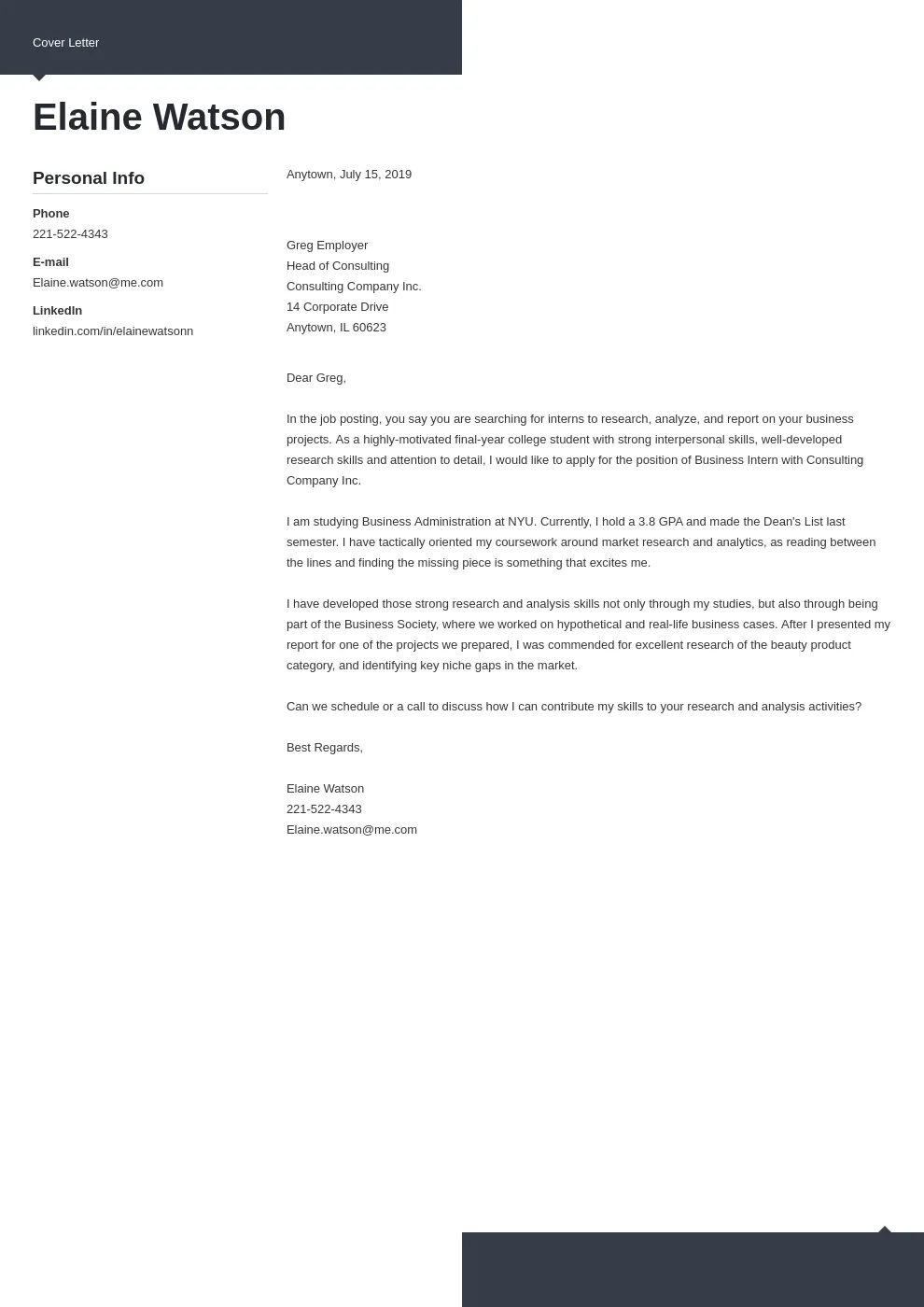
Address your cover letter to a specific person whenever possible. Research the hiring manager’s name and title, and use it in the salutation (e.g., “Dear Mr. Smith”). Addressing the letter to a specific person shows initiative and attention to detail. If the hiring manager’s name is not available, using a generic salutation like “Dear Hiring Manager” is acceptable, but try your best to find a specific name.
The Opening: Hooking the Reader
The opening paragraph is your chance to make a strong first impression and capture the reader’s attention. It should immediately state the position you’re applying for and, ideally, briefly explain why you’re interested in the role and the company. Avoid generic openings like “I am writing to express my interest.” Instead, start with a sentence that highlights your passion or a relevant achievement. A strong opening sets the tone for the rest of your cover letter and encourages the reader to continue reading. It will provide a summary of the rest of the cover letter.
Crafting a Compelling First Paragraph
Your first paragraph should be concise and impactful. Mention the specific job you’re applying for and where you found the listing. Then, immediately state your most compelling qualification or a key achievement that aligns with the job requirements. This is your elevator pitch – make it count. Focus on what makes you stand out from other candidates. A well-crafted first paragraph will create curiosity and encourage the hiring manager to read further and check your other accomplishments.
Highlighting Your Value Proposition
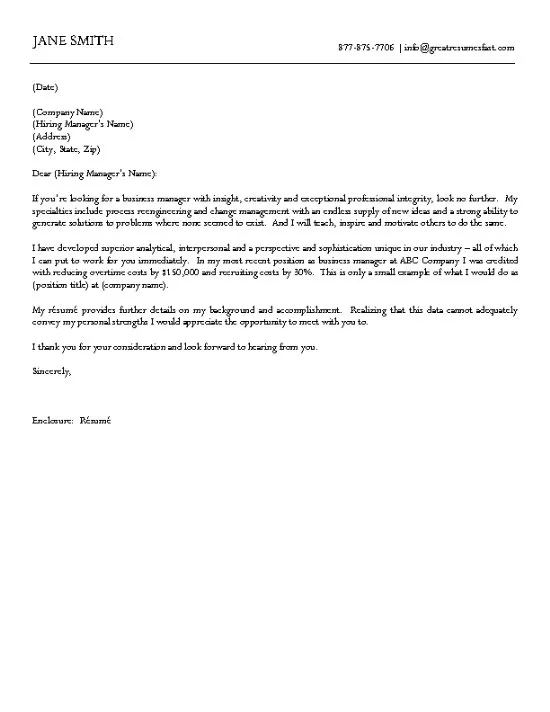
The body of your cover letter is where you demonstrate your value to the company. Use this section to showcase your relevant skills, experiences, and accomplishments. Provide specific examples that support your claims and quantify your achievements whenever possible. Tailor your content to match the job description, emphasizing the skills and experiences most relevant to the role. This section should be focused on how you can bring value to the company. Make sure that you tailor your cover letter for each job you apply.
Showcasing Relevant Skills and Experience
Carefully review the job description and identify the key skills and experiences the employer is looking for. Then, highlight your relevant experiences, using specific examples to illustrate how you’ve applied these skills in the past. Use action verbs and quantify your achievements whenever possible (e.g., “Increased sales by 15% in one quarter”). This will help the recruiter understand the value you bring to the table. Back up your claims with proof that supports you’re an expert on your skills.
Quantifying Your Achievements with Data
Whenever possible, use data and metrics to quantify your achievements. Instead of saying “Improved customer satisfaction,” say “Increased customer satisfaction scores by 20% through implementing a new feedback system.” Numbers and data make your accomplishments more concrete and demonstrate your impact. Quantifiable results make your achievements more persuasive and provide tangible proof of your abilities. Highlighting those numbers will make the hiring manager notice your achievements.
Matching Skills to Job Requirements
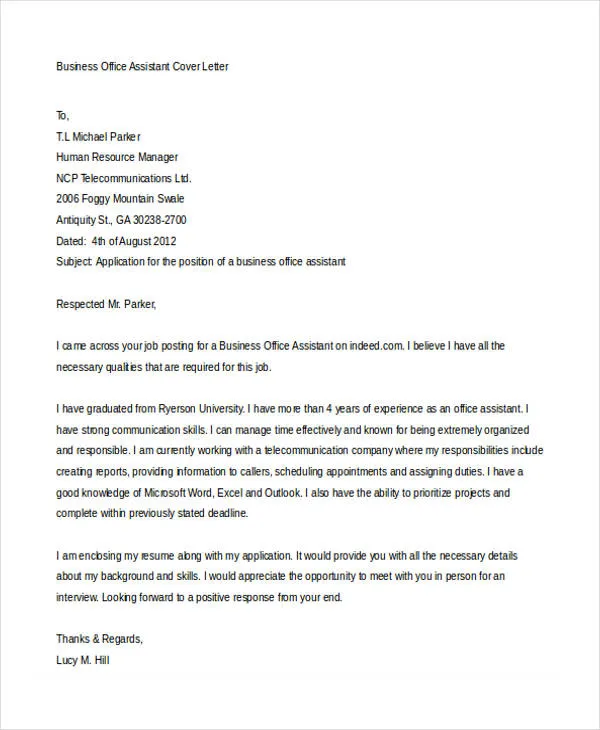
Carefully align your skills and experiences with the requirements listed in the job description. Use keywords from the job posting and show how your background aligns with the company’s needs. This targeted approach shows the hiring manager that you understand the role and are a great fit. This makes it easy for the recruiter to understand your background and will ensure you meet the requirements.
The Body: Demonstrating Your Fit
The body paragraphs should expand on your qualifications and showcase your personality and work ethic. Provide specific examples of your accomplishments, using the STAR method (Situation, Task, Action, Result) to structure your responses. This method helps you explain the context of your experience, the tasks you undertook, the actions you took, and the results you achieved. This demonstrates that you can handle a situation and provide a solution to any problem.
Writing Engaging Paragraphs
Each paragraph should focus on a specific skill or experience. Start with a topic sentence that introduces the main idea, followed by supporting details and examples. Use clear, concise language and avoid jargon or overly complex sentences. Vary your sentence structure to keep the reader engaged. Focus on providing useful details and keep the recruiter interested. A well-written and formatted cover letter is essential.
Tailoring the Letter to Each Job
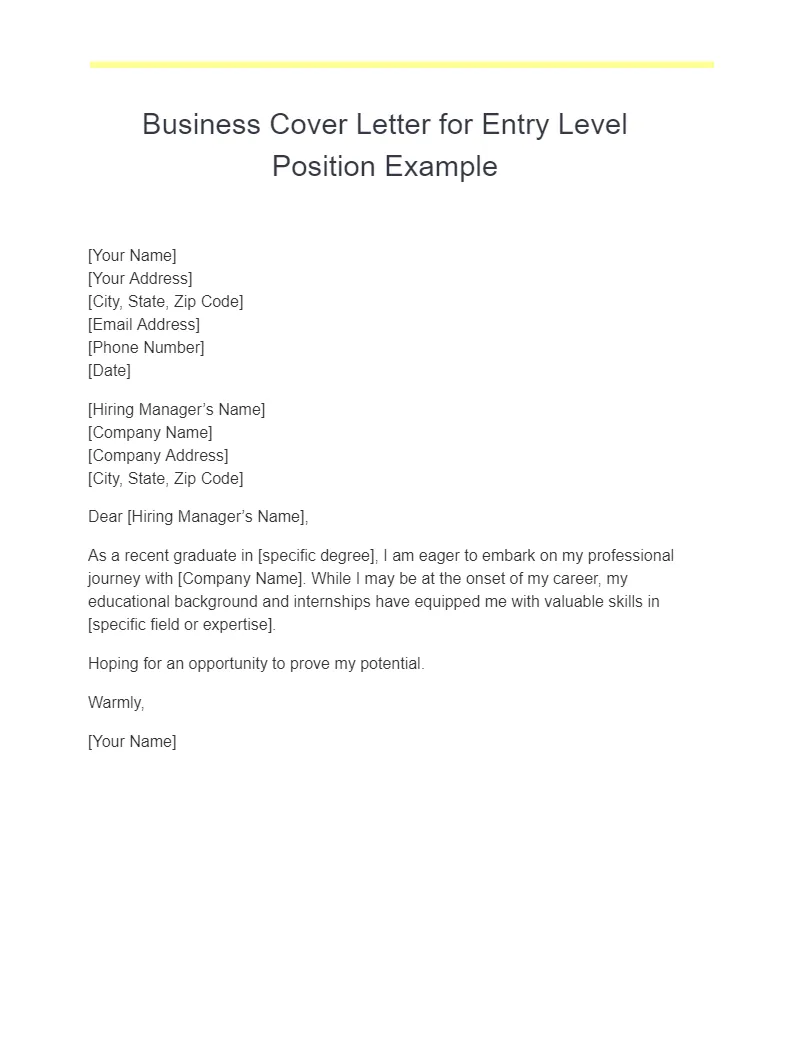
Never send the same cover letter for every job application. Tailor each letter to the specific job and company. Research the company and customize your letter to reflect your understanding of their values, mission, and needs. This shows that you’ve put in the effort and are genuinely interested in the opportunity. Customize your cover letter based on the job posting. It shows you made an effort, and it’s not a generic cover letter.
Using Keywords Effectively
Use keywords from the job description throughout your cover letter, but don’t overdo it. Integrate keywords naturally within your sentences to showcase your relevant skills and experience. This helps the hiring manager quickly identify your qualifications. Keywords show that you meet the job requirements, and also helps the applicant tracking system (ATS) identify your cover letter.
Avoiding Common Mistakes
Avoiding common mistakes can significantly improve your chances of getting hired. Proofread your cover letter carefully for typos and grammatical errors. Ensure that the formatting is consistent and easy to read. Steer clear of clichés and overused phrases. Tailor your letter to each job application and avoid sending generic letters. Addressing these mistakes will help you make a strong impression.
Overused Phrases and Clichés
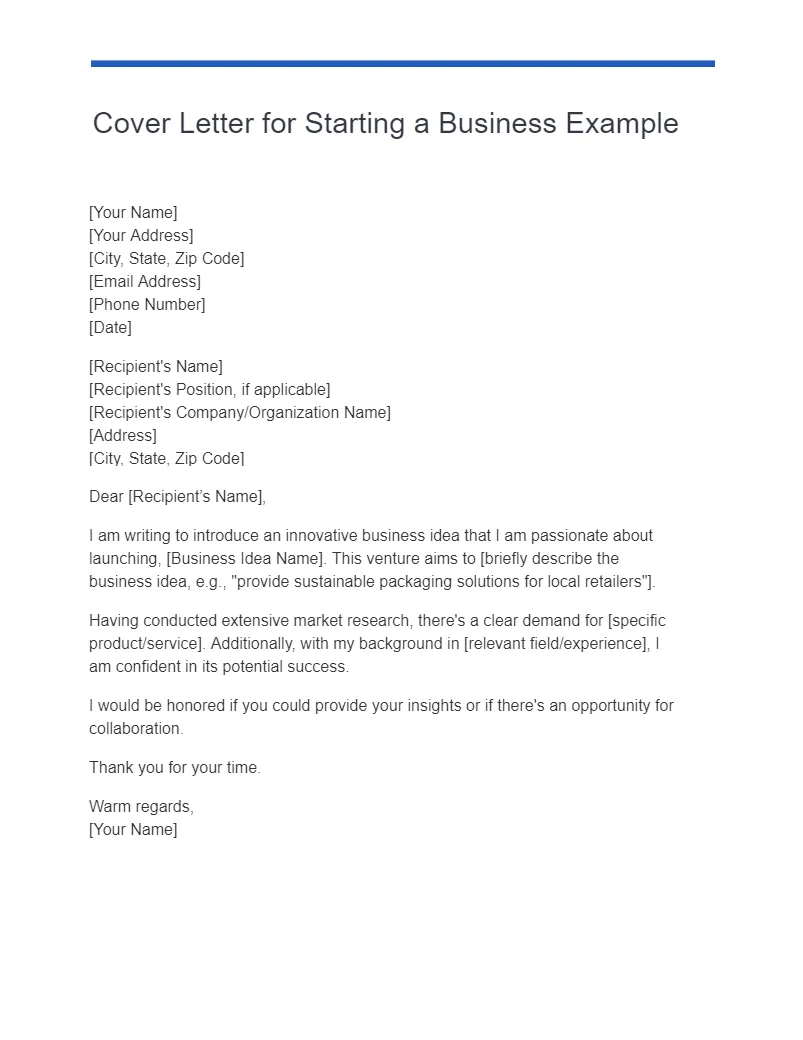
Avoid using overused phrases and clichés. Instead of saying, “I am a team player,” provide a specific example of how you’ve worked effectively in a team. Replace generic statements with more specific and compelling language. This will make your cover letter more interesting and show that you can communicate effectively. Using unique words will make your cover letter more impressive.
Typos and Grammatical Errors
Typos and grammatical errors can instantly damage your credibility. Proofread your cover letter multiple times, and consider having a friend or colleague review it as well. Use spell-check and grammar-check tools, but don’t rely on them entirely. Errors can make you look unprofessional and can lead to your application being rejected. A well-proofread cover letter is a key to a successful job application.
The Closing: A Strong Call to Action
The closing paragraph should summarize your interest in the role and reiterate your enthusiasm. Include a clear call to action, such as requesting an interview or expressing your willingness to discuss your qualifications further. Thank the reader for their time and consideration. A strong closing leaves the reader with a positive impression and encourages them to take the next step. Make the call to action easy for the reader to proceed.
Expressing Enthusiasm and Gratitude
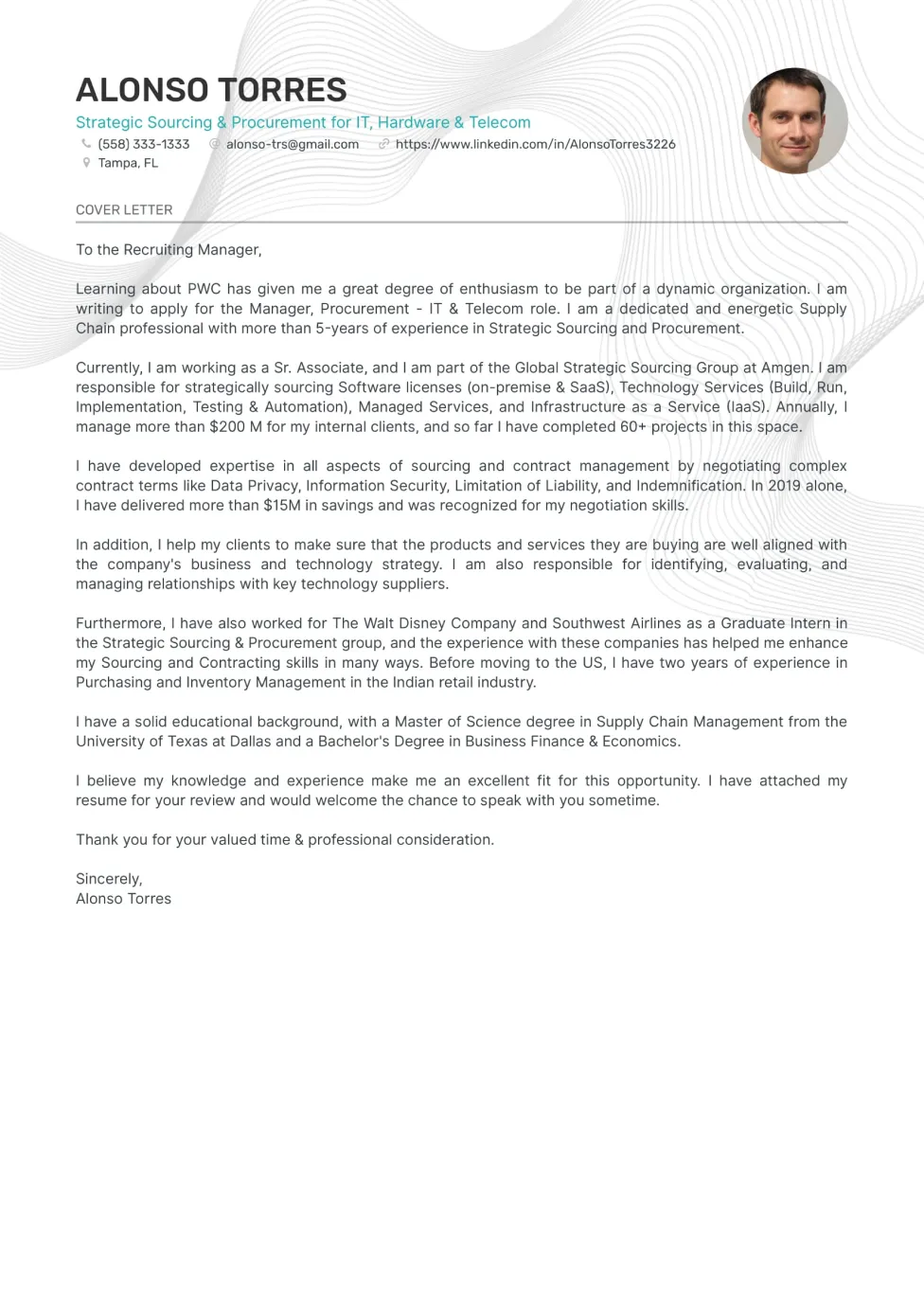
Express your enthusiasm for the opportunity and your gratitude for the reader’s time and consideration. Reiterate your interest in the role and the company, and express your confidence in your ability to contribute to their success. A sincere expression of enthusiasm and gratitude can leave a lasting impression on the hiring manager. Always remain positive in the closing.
Providing Contact Information
Reiterate your contact information one last time, including your phone number and email address. This ensures that the hiring manager can easily reach you. Make it easy for the hiring manager to contact you. Ensure that you make yourself easily available for contact. Providing the same contact information will ensure the recruiter has all the necessary information to reach you.
The Importance of Proofreading
Proofreading is crucial to catch any errors that could damage your credibility. Read your cover letter multiple times, and ask someone else to review it as well. Check for typos, grammatical errors, and formatting inconsistencies. A polished cover letter demonstrates attention to detail and professionalism. If you provide a polished cover letter, the recruiter will be impressed.
Ensuring Clarity and Conciseness
Ensure your cover letter is clear, concise, and easy to read. Use short sentences and paragraphs and avoid jargon or overly complex language. The hiring manager should be able to quickly understand your qualifications and why you’re a good fit for the role. A clear and concise cover letter will keep the recruiter interested in your application.
